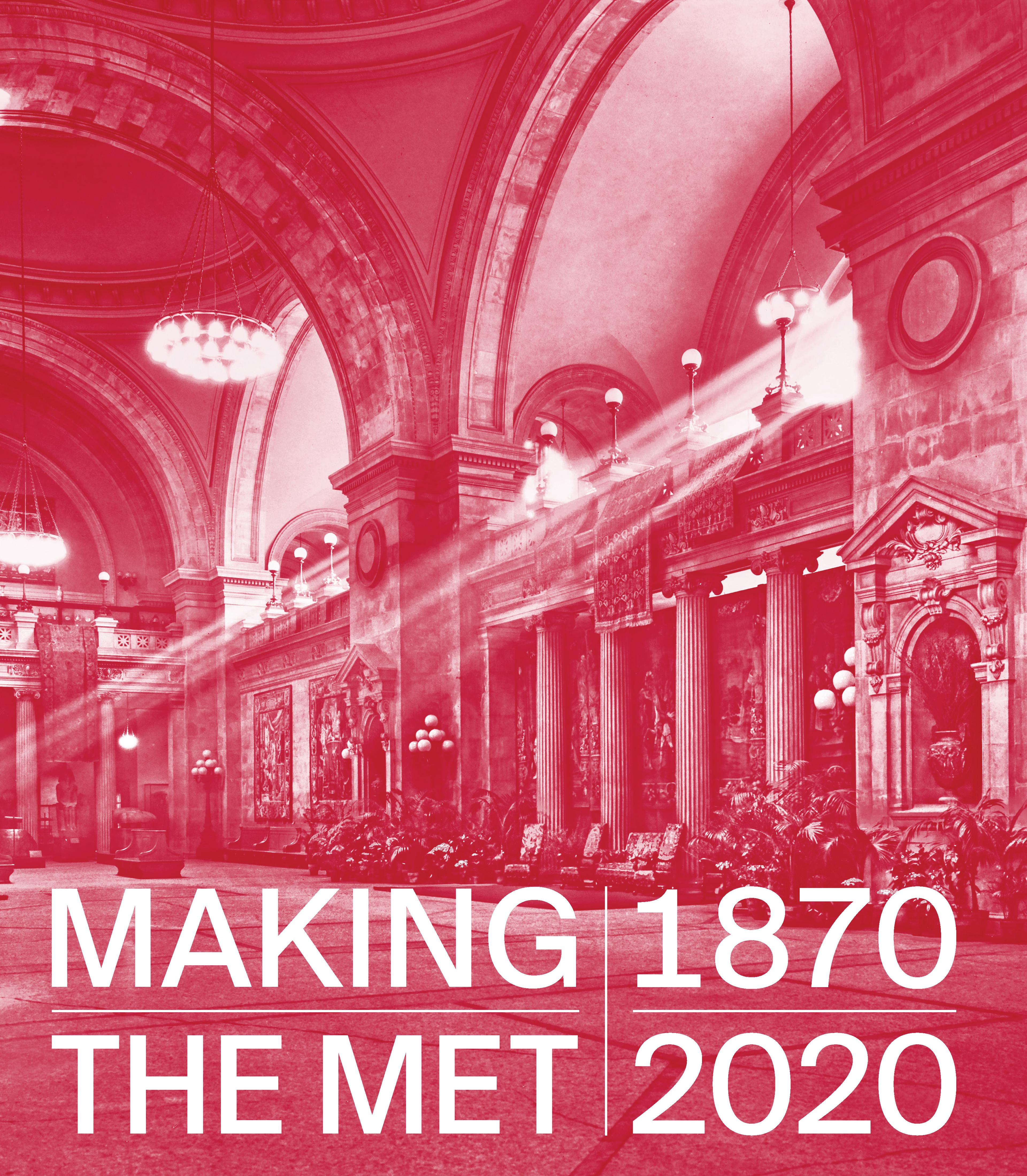Bowl with Inscription
A particularly fine example of the calligraphic ware produced in the Nishapur region, the simple black decoration on this white, slip-covered bowl is confined to four blocks of writing surrounding a central knot motif.
Artwork Details
- Title: Bowl with Inscription
- Date: 10th century
- Geography: Attributed to Iran or present-day Uzbekistan, Nishapur or Samarqand. Excavated in Iran, Nishapur
- Medium: Earthenware; white slip with incised black slip decoration under transparent glaze
- Dimensions: Diam. 10 13/16 in. (27.5 cm)
- Classification: Ceramics
- Credit Line: Rogers Fund, 1940
- Object Number: 40.170.25
- Curatorial Department: Islamic Art
More Artwork
Research Resources
The Met provides unparalleled resources for research and welcomes an international community of students and scholars. The Met's Open Access API is where creators and researchers can connect to the The Met collection. Open Access data and public domain images are available for unrestricted commercial and noncommercial use without permission or fee.
To request images under copyright and other restrictions, please use this Image Request form.
Feedback
We continue to research and examine historical and cultural context for objects in The Met collection. If you have comments or questions about this object record, please contact us using the form below. The Museum looks forward to receiving your comments.
